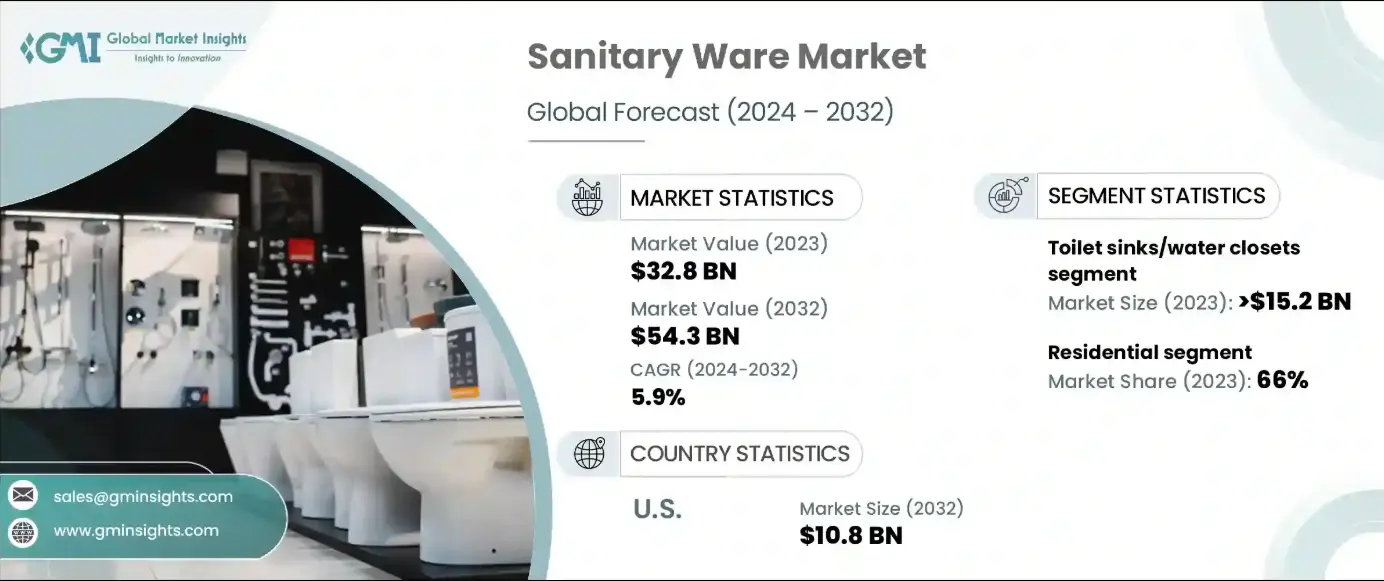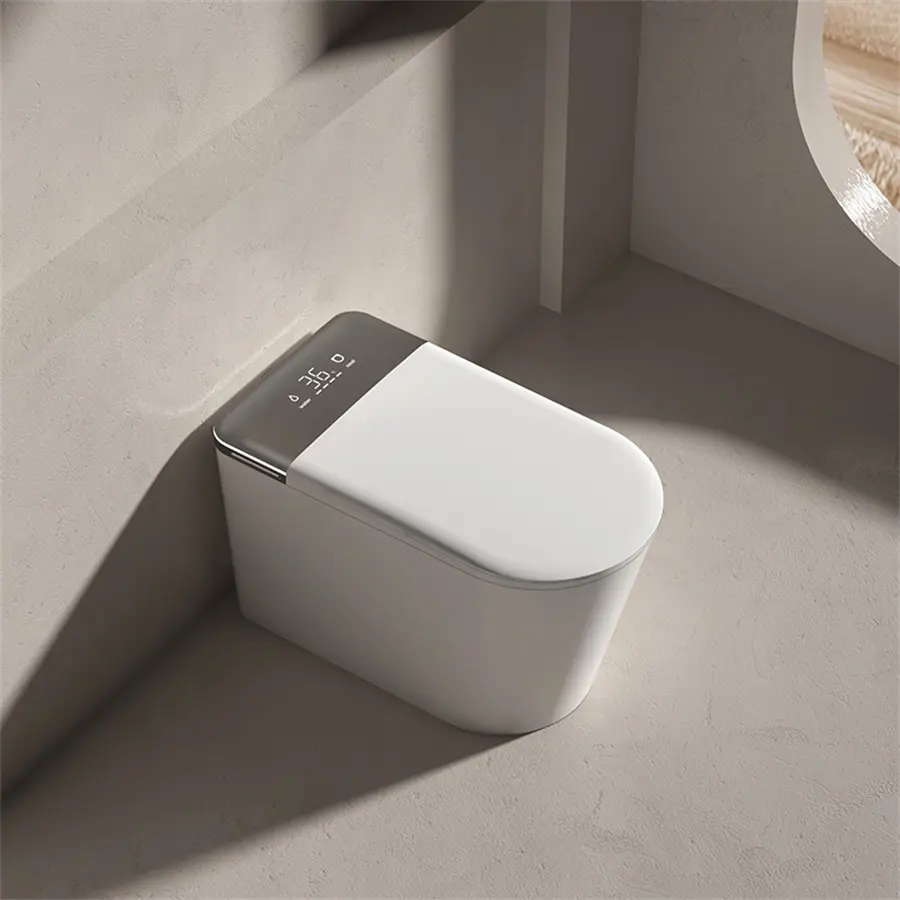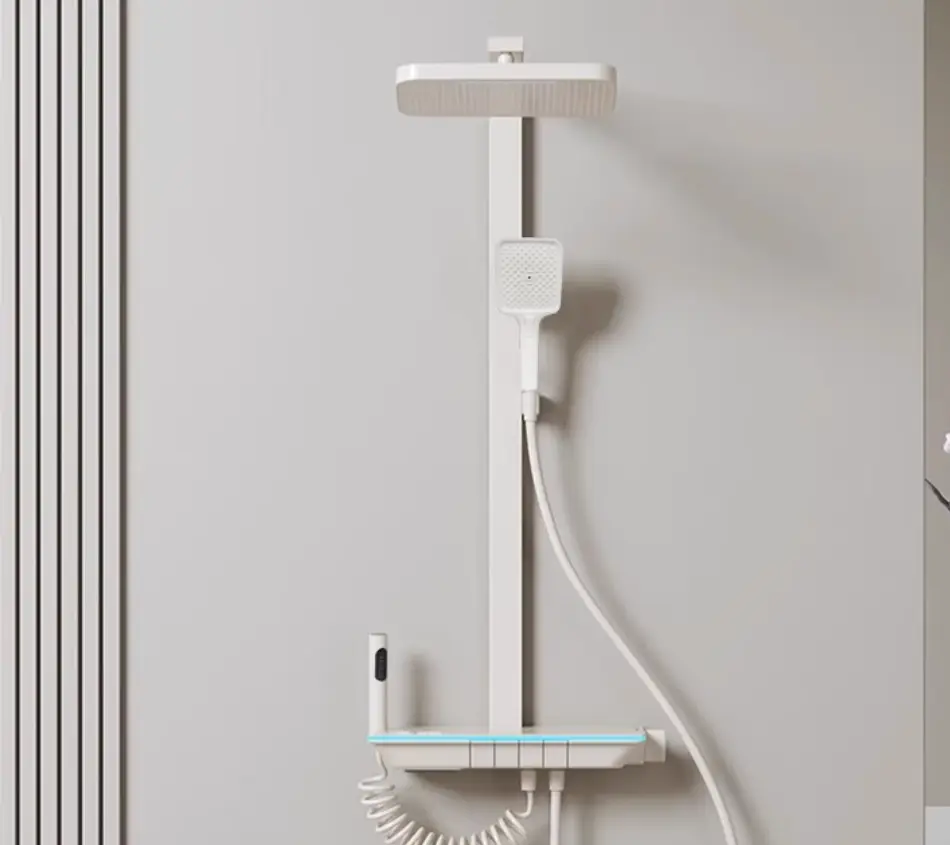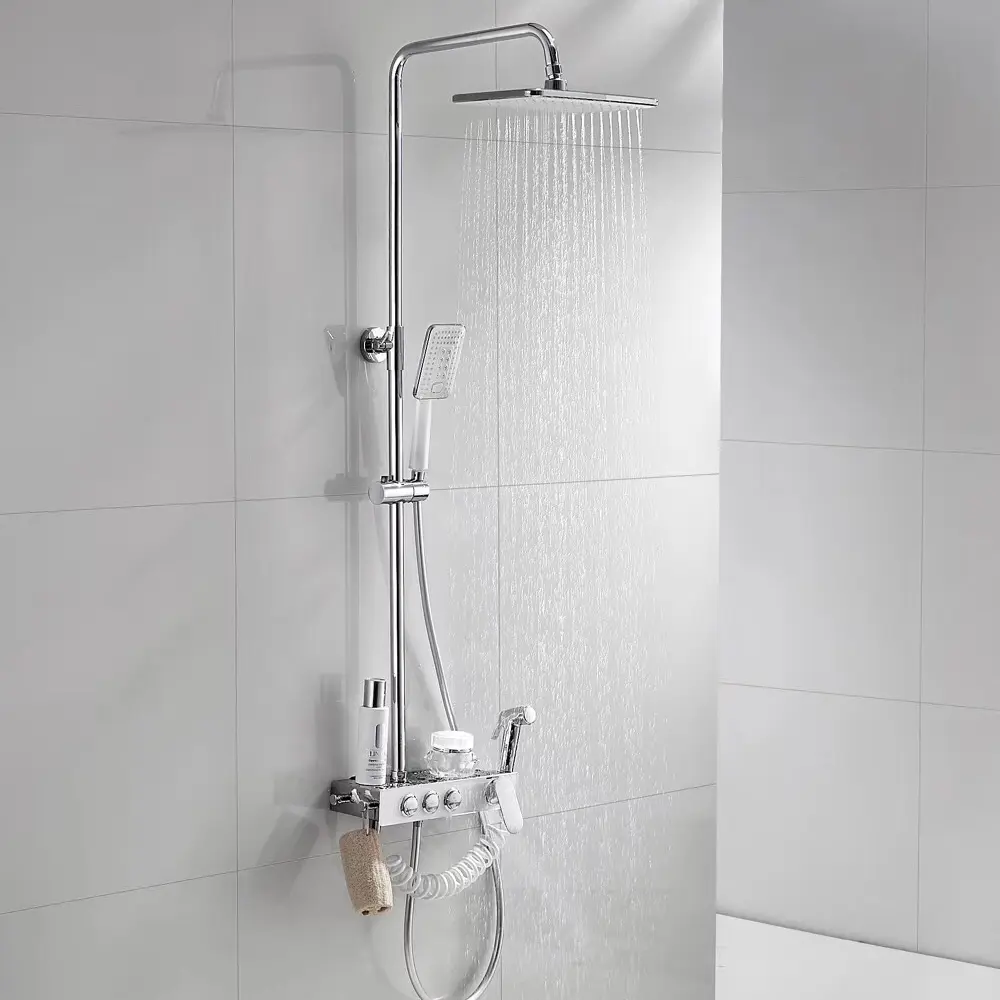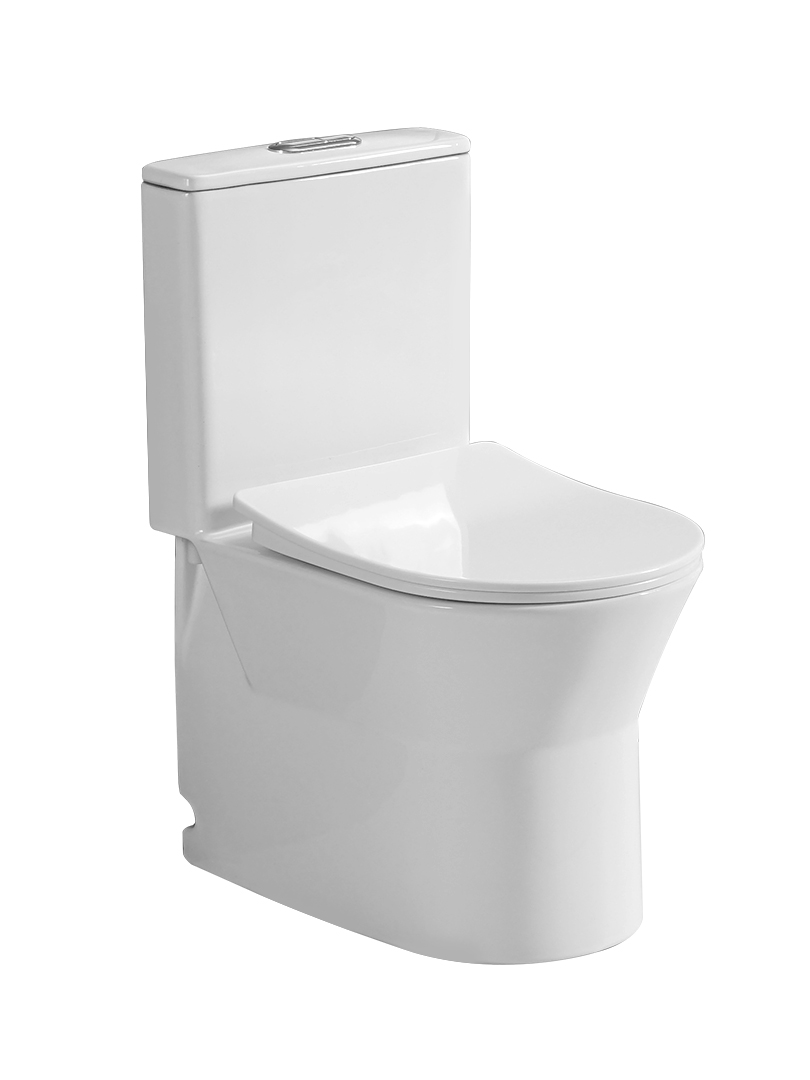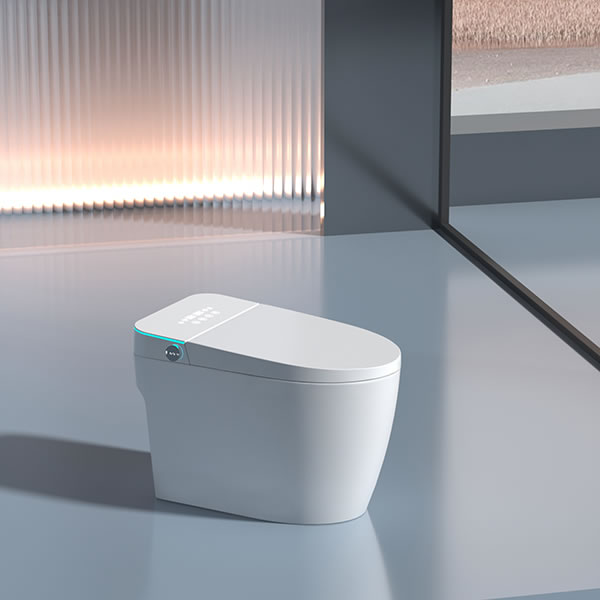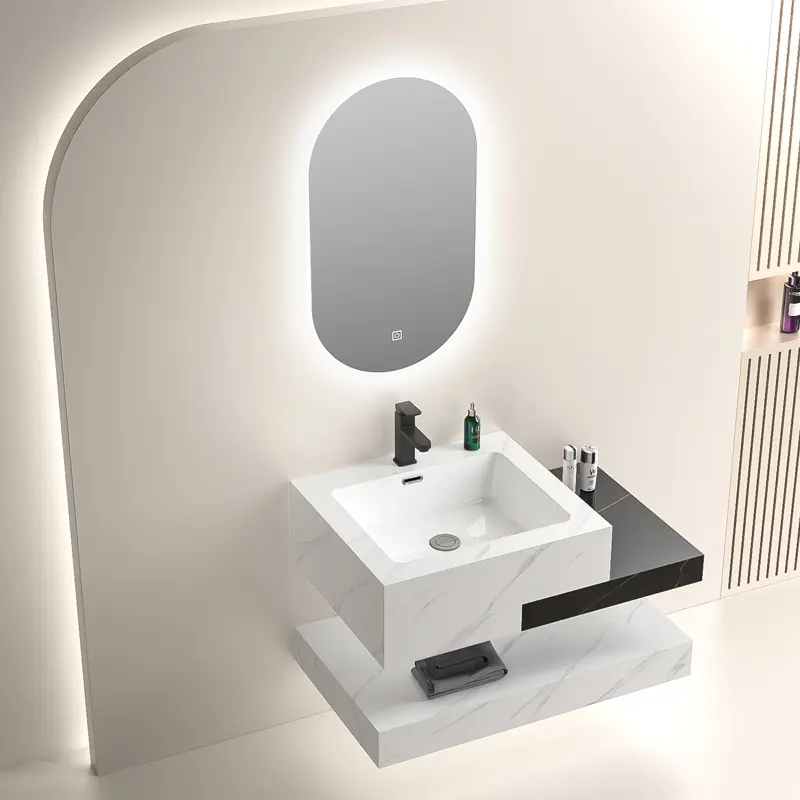Do Pressure-Boosting Shower Heads Actually Work? A Deep Dive into Science, User Experiences, and Expert Insights
For millions of homeowners, a weak shower stream is more than just an annoyance—it’s a daily frustration that turns relaxation into a chore. Enter pressure-boosting shower heads, marketed as the quick fix for low water pressure. But do they deliver on their promises? As water efficiency and comfort become increasingly vital in modern homes, we explore the science, real-world effectiveness, and expert opinions behind these popular bathroom upgrades.
The Science Behind the “Boost”: How Pressure-Boosting Shower Heads Work
Contrary to common misconceptions, pressure-boosting shower heads don’t create water pressure; they optimize existing flow using physics. Most models employ a Venturi effect—a principle where narrowing the water passage (via tiny laser-drilled holes or adjustable inlets) accelerates water while mixing it with air. This aeration not only increases perceived pressure by 30–50% but also reduces water flow by up to 50%, making them surprisingly water-efficient. Take the JOMOO Smart Series, a leading example: Its “intelligent limited water” technology adjusts inlet size based on water pressure. When supply is low, the inlet expands to maintain flow velocity; when pressure spikes, it narrows to prevent scalding. Similar designs from brands like Sparkpod and Kohler use stainless steel micro-perforations (0.2mm diameters) to disperse water into fine flow,avoiding the “needle-like”. Experts at Hawkrown.com emphasize that these systems augment rather than replace mains pressure. “They work best in homes with stable but insufficient pressure** (≥15 PSI),” explains plumbing engineer Maria Lopez. “If your water supply fluctuates wildly—causing heaters to cut in and out—you’ll need a whole house booster pump instead.” 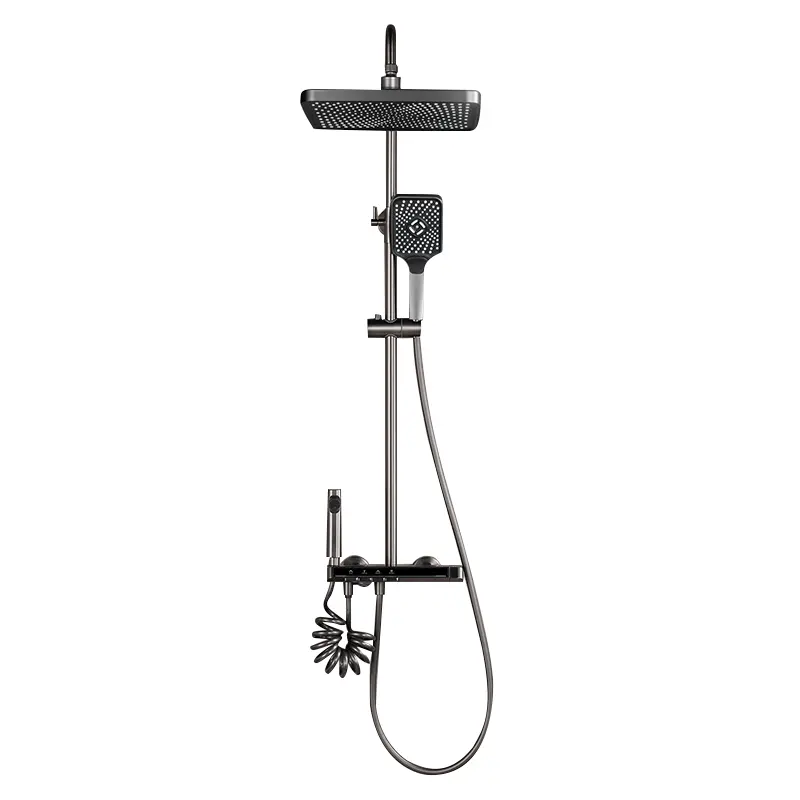
When They Shine: Ideal Scenarios for Pressure-Boosting Heads Real-world tests and user reviews highlight two sweet spots:
1. Older homes or high floors: Buildings with aging pipes or gravity-fed systems often struggle with weak showers. A 2024 survey by OnFleekRewards found 82% of users in 3+ story apartments reported “dramatically improved” shower strength after installing a pressure-Boosting Shower Heads .
- User story: Sarah, a Chicago homeowner, praised the Kolerflo 120W pump: “Previously, my shower felt like a drizzle. Now, the Sparkpod head’s 3-setting massage mode feels like a spa—even on the third floor!”
2. Eco-conscious households: By mixing air into the stream, these heads reduce flow to 1.5–2 GPM (vs. 2.5 GPM for standard models) while maintaining intensity. Pacific Tech estimates this saves 40% water annually, aligning with global conservation goals. However, limitations exist. Homes with chronically unstable pressure (e.g., shared wells or aging municipal systems) see little benefit. In such cases, professionals recommend pairing a shower head with a pressure regulator or pump.
Beyond Pressure: The Hidden Benefits (and Risks) Manufacturers tout “massage,” “skin health,” and “oxygen-enriched” showers—but do these claims hold water?
Massage effect: High-pressure streams (1.8–2.2 GPM) stimulate circulation, according to dermatologists at PConline. The trickle impact can relieve muscle tension, though users with sensitive skin should opt for adjustable modes to avoid irritation.
Clog resistance: Laser-cut nozzles (e.g., 105–210 micro-holes in premium models) minimize limescale buildup, a common issue with traditional heads. Soaking in vinegar (as recommended by Hawkrown) remains the best maintenance tip.
Beware the “fad” features: Inexpensive models often add “ion balls” or “mineral stones” that degrade over time. Living style expert warn these can leach chemicals or create bacterial traps if not cleaned regularly.
The Verdict: Worth the Upgrade?
In short, yes—with caveats. Pressure-boosting shower heads excel in stable, low-pressure environments, offering a tangible upgrade in comfort and efficiency. They’re not a cure-all for systemic plumbing issues but serve as a cost-effective (and DIY-installable) solution for millions. As homeowner John Smith puts it: “For $50, my morning shower went from a chore to the highlight of my day. That’s a win.” For those on the fence, start with a mid-range model (e.g., $30–$80) and monitor performance. If issues persist, consult a plumber to assess broader pressure solutions. After all, a good shower isn’t a luxury—it’s a daily necessity.

